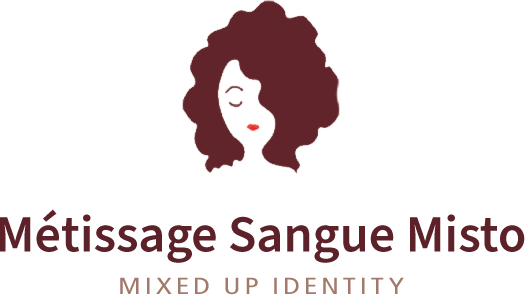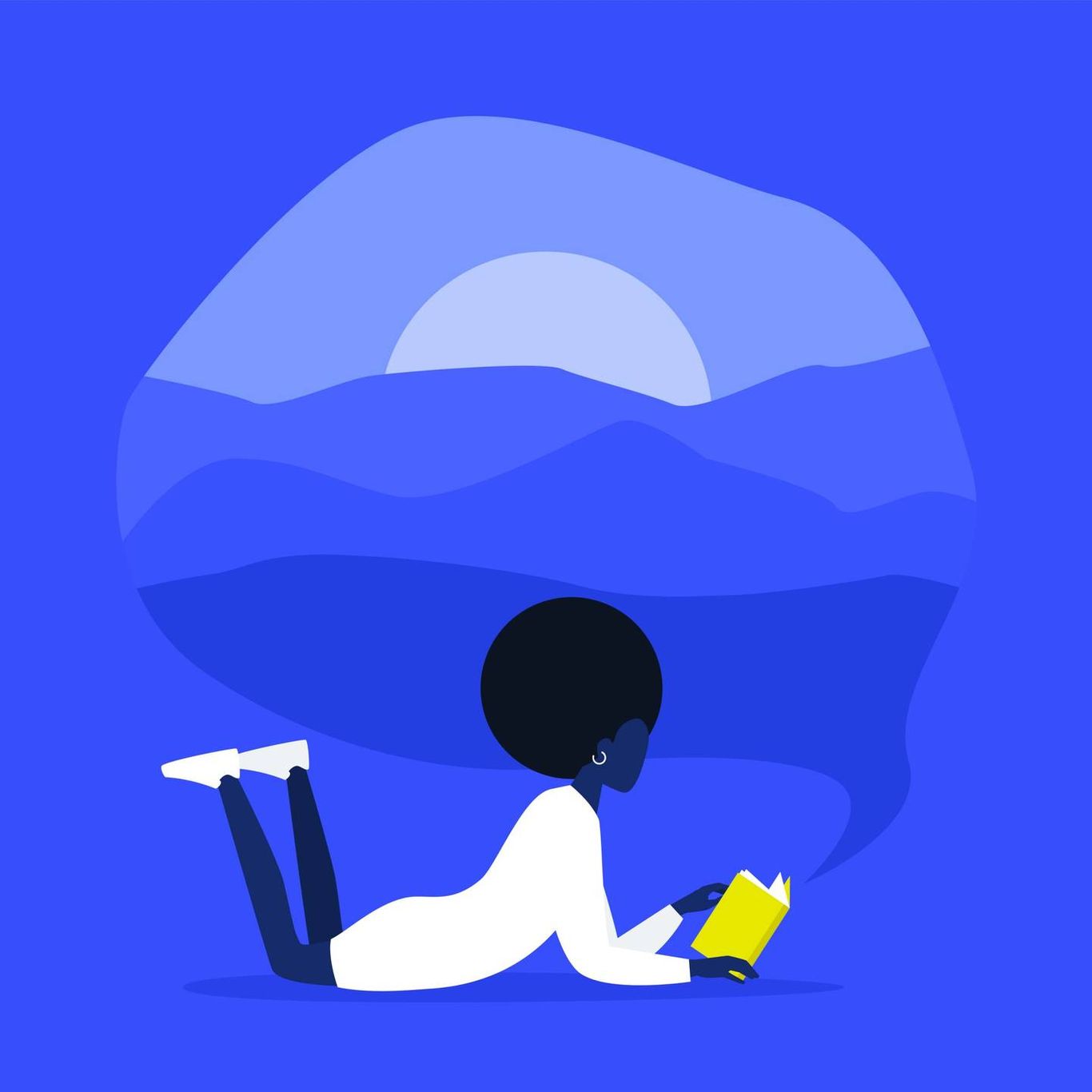Looking through the lens of someone different is a direct path to empathy.
As the days get longer and the weather heats up, you might be looking for excuses to spend more time outside.
When you’ve taken all the walks and stared dreamily into all the local bodies of water, it’s time to dust off that reading list and find a comfy spot in the sun.
College might have ruined reading for you but it could be just the escape you need. In between binge-watching Tiger King and obsessively scrolling through Twitter, books give us a welcome break from screens and open a world beyond our front doors.
But just what kinds of stories are we reading, exactly? And why does it matter?
Mirror books and window books
Think about the last book you read. Who was the main character? What was their race, religion, gender, socioeconomic status? Did you relate to the character’s point of view, or was it new to you?
When it comes to diversity in literature, many educators have taken to using the terms “window books” and “mirror books” to describe the relationship we have with the stories we read.
Readers see themselves reflected in the narrative of “mirror” books.
But in a “window” story, readers get to glimpse someone else’s world.
Both are important for different reasons. Mirror books give the reader an opportunity to see themselves represented. Window books allow you to gain perspective.
The mirror books we need
Given the limited landscape of diversity in publishing, it’s much more common for privileged groups to see themselves reflected than marginalized groups. Most authors — and therefore most fictionalized characters — are able-bodied, cis-gender, and/or white.
In her pioneering essay “Mirrors, Windows, and Sliding Glass Doors”, educator Rudine Sims Bishop noted that dominant social groups have always found their mirrors in books, but have suffered from the lack of availability of books about others.
“They need the books as windows onto reality,” Bishop said.
On the other hand, minority groups are often left reading about someone else’s story, often at the expense of their own.
“When children cannot find themselves reflected in the books they read, or when the images they see are distorted, negative, or laughable, they learn a powerful lesson about how they are devalued in the society of which they are a part,” she said.
For Aminah Mae Safi, a Muslim-American author, the stories she saw about her demographic left something to be desired.
“So much of the fiction in my lane was centered on a certain type of story. I wanted a book that I didn’t see,” Safi said. “I wasn’t related to a terrorist or wearing a hijab or falling in love with a Jewish boy.”
So she started writing “Not The Girls You’re Looking For,” a YA novel that centers around a biracial Arab American Muslim teen.
“The main character is Muslim. She practices, and she’s fasting for Ramadan, but also, she drinks and goes out with her friends and also she dates boys…I knew a lot of Muslim girls like that, but you don’t really see it in books,” Safi said.
“When you only get two to three narratives, you start to feel like, ‘Am I the only one who feels this way?'”
Inclusive storytelling builds empathy
Marginalized groups aren’t the only ones that benefit from inclusive storytelling. For anyone with any amount of privilege, the act of sitting down and looking through the lens of someone different is a direct path to empathy.
Queer author Alex London calls books “empathy accelerators.”
“It’s important and vital that people be able to see people nothing like themselves in books and root for them,” he said. “Books are the best tools we have to amplify our capacity for empathy.”
London’s books contain a lot of queer characters. He considers his work successful when straight readers root for those characters “to win and be the hero and kiss the boy,” he said.
“For people who aren’t queer, it’s vital for society that they be able to recognize and root for people across the gender and economic and racial and religious lines.”
According to research by The Reading Agency, there is strong evidence that reading increases empathy and improves relationships with others.
“I think that’s one of the most beautiful things about reading,” Safi said. “I’m inserting myself into a point of view that is so radically different from my own, and then connecting my humanity to another person’s.”
Find your next read
For a few resources on how to find more diverse titles, We Read Diverse Books has a running list of websites where you can find your next read. They include I’m Queer I’m Here, What the Hell Do I Read? (LGBTQIA), The Dark Fantastic (African American), Smithsonian BookDragon (Multicultural), and Mamiverse Books (Latinx), among many others.
As we are stuck at home, stuck staring at our own selves in the mirror (or selfie cam), perhaps now is a more important time than ever to give credence to a wider and more inclusive range of stories.
“We only benefit the more widely we all read,” Safi said.
“The more we challenge who’s been included and who hasn’t and why the more human we become.”
By Kelsey, Yandura is a freelance writer, editor, and journalist based out of wherever the nearest library is (usually Denver).
Source: https://www.rewire.org/




